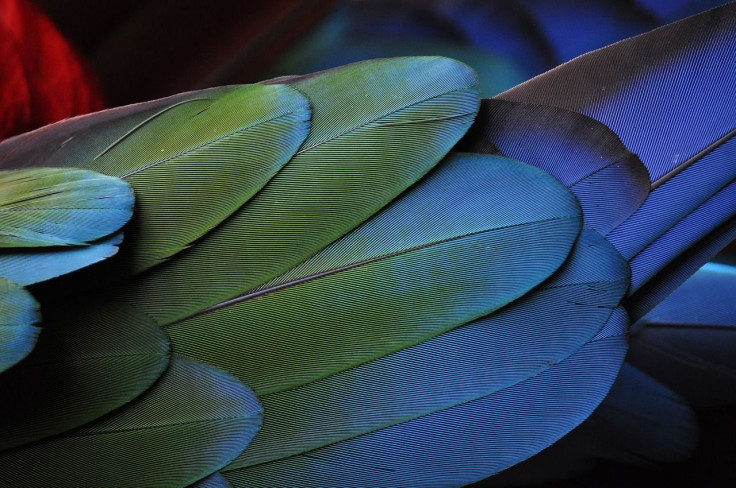Help Scientists Find These 10 Most Wanted Lost Birds
KEY POINTS
- All of the birds haven't been seen in 10 years or more
- The Siau scops-owl was last spotted in Indonesia in 1866
- The bird-watching community may help play an important role in the search
Conservation groups are seeking help from the global community to find the top 10 most wanted bird species. These birds haven't been seen in a decade or much longer.
Re:Wild, along with the American Bird Conservancy (ABC) and BirdLife International, is calling on conservationists, researchers and even the birdwatching community to work together in search of these lost birds from various parts of the world.
These lost birds, which are from five continents, are not yet classified as extinct, and the reasons for their disappearances vary from habitat loss and invasive species to the simple matter of scientists not knowing where to look for them, Re:Wild noted in a news release.
The list includes the dusky tetraka, which was last spotted in Madagascar in 1999, the South Island kōkako, which was last seen in New Zealand in 2007 and Jerdon's courser, which was last sighted in India in 2009.
The Itwombe nightjar of Congo, Cuban kita, Siau scops-owl and Santa Marta sabrewing are also on the list, as well as the Philippines' Negros fruit-dove, Peru's Vilcabamba brush-finch and India's Himalayan quail. All of these birds haven't been sighted for 10 years or more. The Himalayan quail, for instance, hasn't been spotted since 1877 while the Siau scops-owl was last seen in Indonesia in 1866. Among these birds, the Negros quail ad Siau scops-owl have both only been documented once before.
Several of these birds are the focus of ongoing searches, with some having unconfirmed sightings and reports of hearing the birds' call.
The new Search for #LostBirds, a collaboration between Re:wild, @ABCbirds & @BirdLife_News is looking for some of the rarest birds on the planet & hope conservationists and birdwatchers might be able to find the top 10 most wanted lost birds. https://t.co/nJBBrHHhmw pic.twitter.com/rI8rtTq1W2
— Re:wild (@rewild) December 19, 2021
The program is an extension of Re:Wild's Search for Lost Species program. Since the program was launched, eight of the top 25 lost species have been found, and other creatures have also been rediscovered.
Earlier this year, Re:Wild announced the rediscovery of the black-browed babbler, which had not been seen for more than 170 years. Just this month, the organization also noted the rediscovery of the Batman river loach fish in Turkey after having been lost for almost 50 years.
The rediscovery of the Batman river loach even marked the first of the top 10 most wanted lost fish to be found. The hope for the current program is to also focus on the 10 rare birds that have been lost to science for at least a decade.
"We are optimistic that the Search for Lost Birds will lead to exciting rediscoveries, but ultimately it's about conservation. We know that with good conservation efforts, species can be rescued from the brink of extinction, but only if we know where the last populations are," Roger Safford, senior program manager for preventing extinctions at BirdLife International, said. "We hope these expeditions will capture people's imaginations and catalyze conservation."
The birdwatching community, in particular, could be of great help in the search. Cornell's eBird platform, for instance, already has 700,000 registered users who have logged more than a billion bird sightings from all over the world, showing the immense influence the community has.
Unfortunately, none of these many sightings included any of the birds in the list, Re:Wild noted.
"By directly reporting sightings and information through eBird, birdwatchers and citizen scientists from anywhere in the world can help us find and learn more about these lost species," John C. Mittermeier, director of threatened species outreach at ABC, explained.

© Copyright IBTimes 2024. All rights reserved.






















